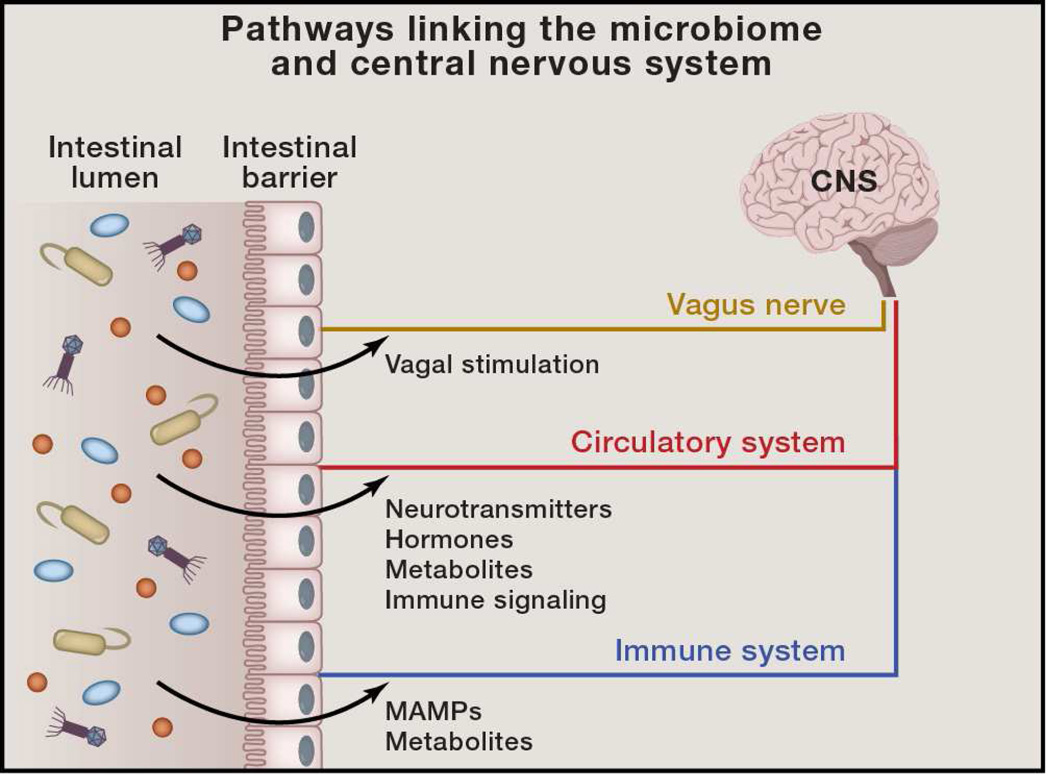Figure 1. Pathways Linking the Microbiome and Central Nervous System.
Signals from the intestinal microbiome may potentially traffic to the central nervous system (CNS) via several mechanisms. 1) Direct activation of the vagus nerve from the enteric nervous system to the CNS. 2) Production of, or induction of, various metabolites that pass through the intestinal barrier and into the circulatory system, where they may cross the blood-brain barrier to regulate neurological function. 3) Microbial associated molecular patterns (MAMPs, such as LPS, BLP, and PSA) and metabolites produced by the microbiome can signal to the immune system. Immune cells (and particularly their cytokines) can influence neurophysiology.

